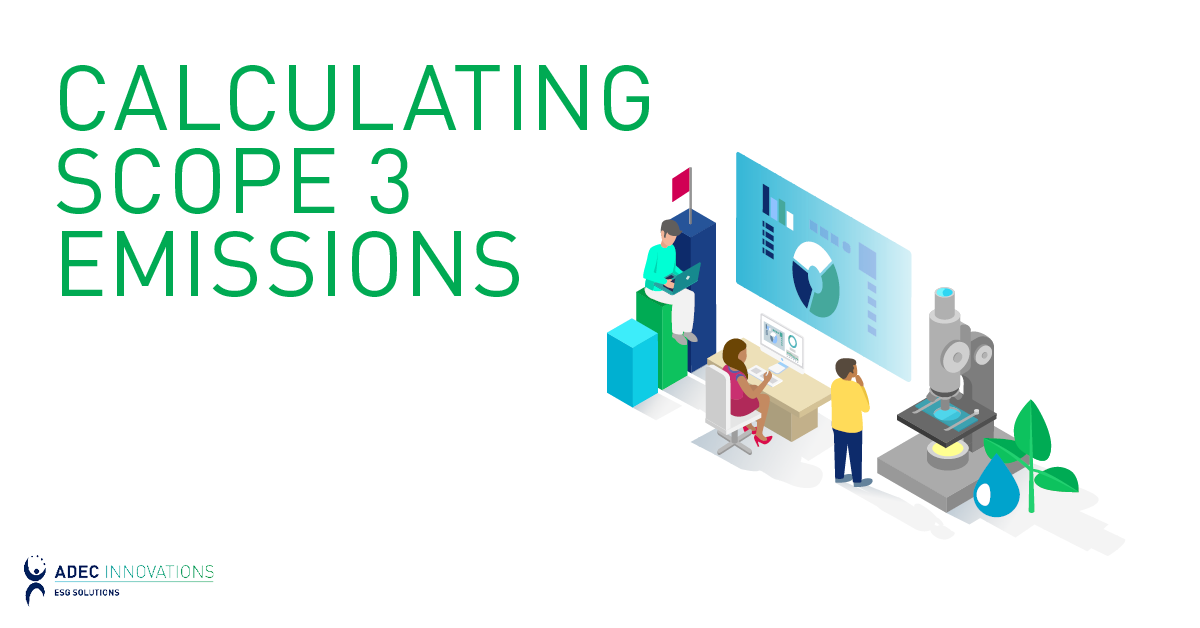Case Study: Environmental Planning of Dockside Green, Victoria, BC
Dockside Green is a 15-acre sustainable harborside community located in Victoria, British Columbia. This development is a master-planned waterfront community that is designed to reflect a more responsible approach to planning with the environment in mind. It includes a total of 1.3 million square feet of residential, office, retail and commercial space. Dockside Green is the first community ever to target LEED Platinum certification for buildings developed in a master-planned community.
By Margaret Partridge
February 12, 2013

Dockside Green is a 15-acre sustainable harborside community located in Victoria, British Columbia. This development is a master-planned waterfront community that is designed to reflect a more responsible approach to planning with the environment in mind. It includes a total of 1.3 million square feet of residential, office, retail and commercial space. Dockside Green is the first community ever to target LEED Platinum certification for buildings developed in a master-planned community.
This community offers three distinct neighborhoods, each of which is described briefly below.
-
Dockside Village: Located at the south end of the community, this neighborhood will feature the broadest spectrum of uses including homes, offices and locally owned shops.
-
Dockside Commons: Street-oriented townhouses offering minimal setbacks and pleasant landscaping will promote a calming environment; with garden flats facing the interior. Harbour Road industry will be characterized by a dense, small-scale marine industrial atmosphere, and will mix light industry with rugged loft-style housing. Lightly landscaped industrial courtyards will offer pleasant, open work areas with parking and loading opportunities.
-
Dockside Wharf: Dockside Wharf is the first neighborhood to be developed and is located at the north end of the site and includes the Balance and Synergy residences. Various facets of the sustainable design for this development are discussed below. Information presented here on end is taken directly from Dockside Green.
Energy Performance
Energy saving strategies include: 4 pipe fan coil system, low e-double glazing and exterior blinds on the west and south faces of the building to keep interior spaces cool.
-
Energy Efficient Appliances: Investment in Energy Star efficient appliances results in an average of 47% energy savings over the Canadian Model National Energy Code base energy rating for appliances.
-
Energy Efficient Lighting: Compact fluorescent lighting, LED lighting in corridors, occupancy sensors and solar lighting in landscape areas will be utilized to reduce electrical costs from lighting.
-
Metering: Meters will be provided in each suite to measure domestic hot and cold water use, heating bills and electricity usage. The meters will provide real time information to residents on their energy consumption, allowing them to make adjustments to save money.
Building Commissioning
The services of an independent commissioning agent will be utilized to verify that mechanical systems are designed and working properly upon completion of construction. The commissioning agent will revisit the building(s) within a year of occupancy to retest the mechanical systems to ensure they are still working properly.
Sewage/Water Usage
The development will treat 100% of its sewage on-site and will use the treated water for flushing toilets, landscape irrigation and water features.
The potable water consumption at Dockside Green is estimated to be 65% less than traditional developments. This is accomplished by using high performance water fixtures and appliances such as water-efficient dishwashers, washing machines, dual flush toilets, faucets and showers that save water. The amount of water saved for the entire development is equivalent to the annual water use of 580 homes.
Alternative Transportation
Alternative transportation strategies at Dockside Green will reduce reliance on the automobile. There will be a car share program, upgraded bike trails and bike racks in each building, a harbour ferry dock, transit and a mini-transit shuttle bus.
Materials
The following are examples of how materials have been selected that are both durable and environmentally friendly.
1. Carpets are carefully selected based on low emissions and environmental qualities.
2. More expensive carpet tiles will be utilized for corridors in the residential buildings to reduce long term maintenance and waste for condo owners. In addition, we purchase our tiles from Interface, a global sustainable business leader utilizing their “Cool Carpet™” program which means their products are GHG neutral.
3. Bamboo flooring and Cabinets will be used in the development with upgrade options for other environmentally friendly products like Cork flooring.
4. Some salvaged wood products will be used to promote sustainable harvesting practices.
5. The goal is to recycle or reuse 90% of construction waste on-site and we report actual results.
Climate Change Initiatives
Dockside Green will showcase various renewable energy strategies
- Energy-efficient Building Design
- Fly ash will be used in concrete
- Various Renewable Energy Strategies on site with emphasis on BC technologies.
- There is a successful program of supporting local businesses and suppliers which supports the local economy and reduces CO2 emissions by minimizing transportation needs.
- Extensive tree planting and green roofs to absorb carbon
- The biomass system when implemented will result in the first greenhouse gas-positive community development in North America.
GHG Neutral Development
Dockside Green is striving to be the first greenhouse neutral development from a building energy perspective. To that end, the developer is investigating an onsite centralized heat plant that would use waste wood biomass to produce a clean gas that converts to heat for heating and domestic hot water needs on site. The entire system would be completely backed up by central boilers in the event the primary plant is down. Buildings would be required to hook up to this system and the utility rates would be consistent with other central plants in the province. There would be no need for individual boilers in buildings under this approach which would save residents maintenance and replacement costs associated with boilers. If the biomass system proceeds, this will be the first large scale community development to be greenhouse gas neutral.
FirstCarbon Solutions (FCS) offers energy management and carbon consulting services. Click the button below for a consultation.
Did you enjoy this post? The author of this article is Margaret Partridge. Learn more about her here.
Related Articles
Building Green, Carbon Management, Environmental Planning
By Tyanna Bui on November 2, 2021
Carbon Management | GHG Emissions
By Kevin Bolland on December 23, 2019
Environmental Impacts | Environmental Assessments | CEQA | Environmental Planning | city planning
By Madelyn Dolan on July 23, 2019
Environmental Planning | FCS
Be a sustainability leader.
Our team supports you no matter where you are on your Sustainability Journey. Talk to us today to learn more.





